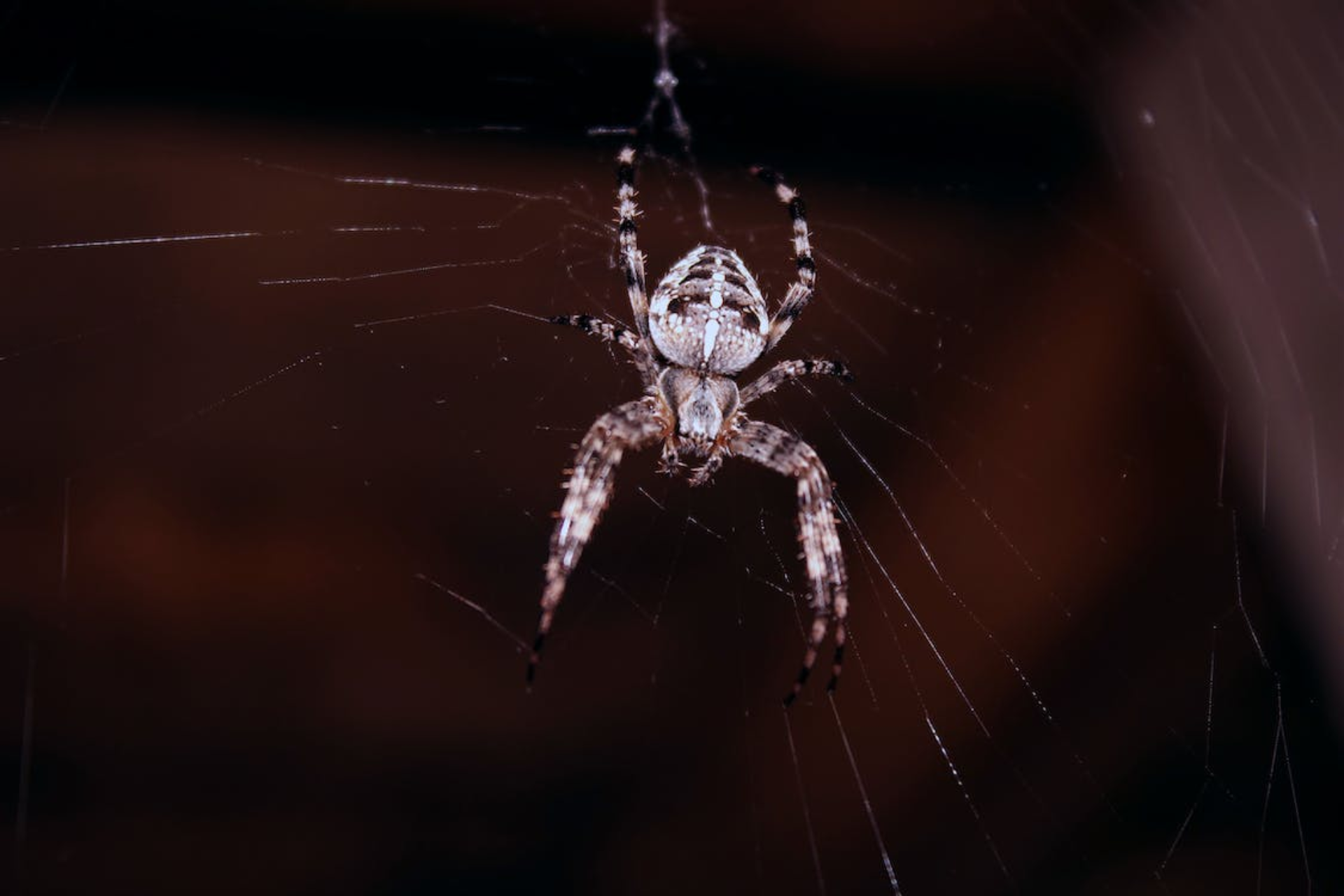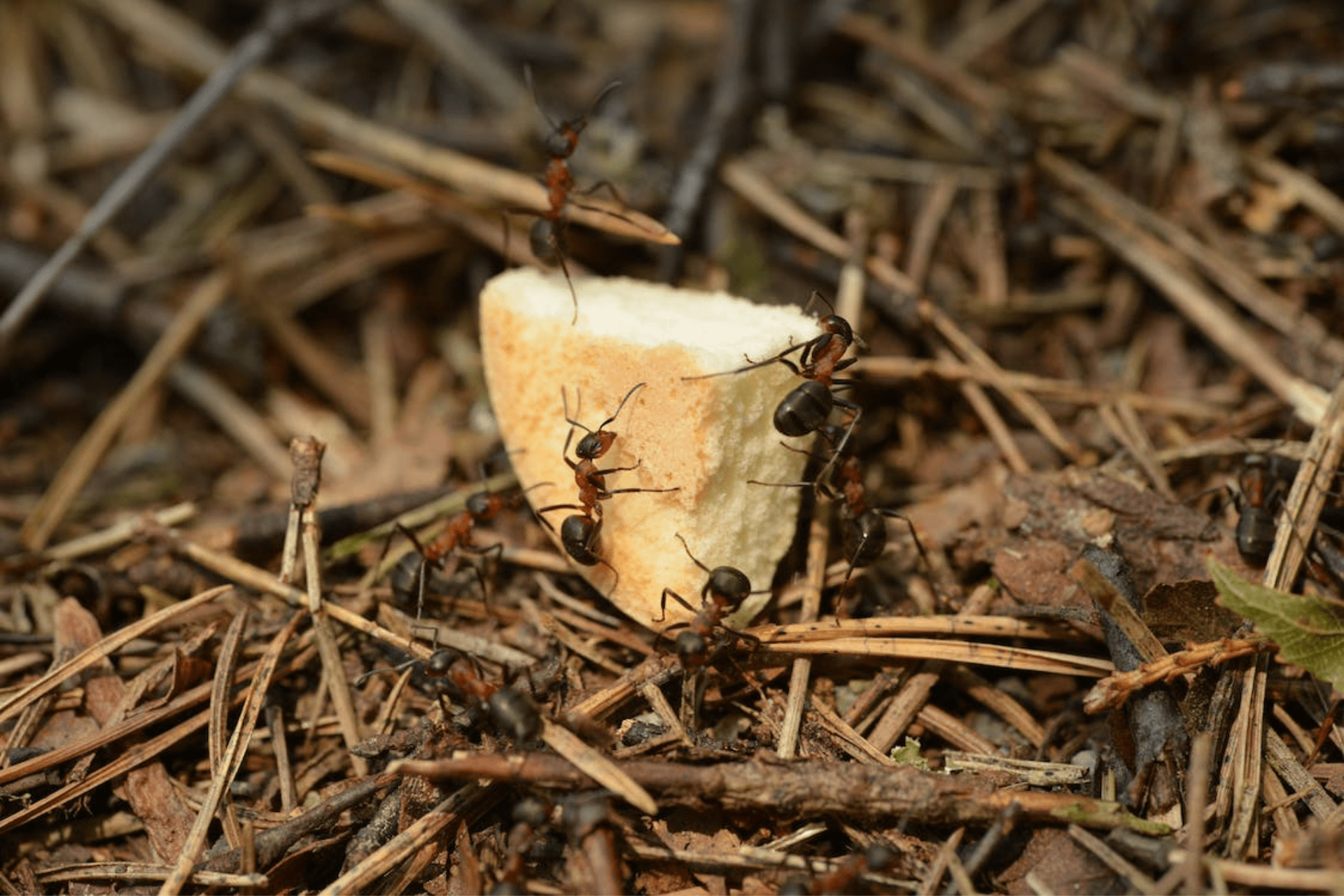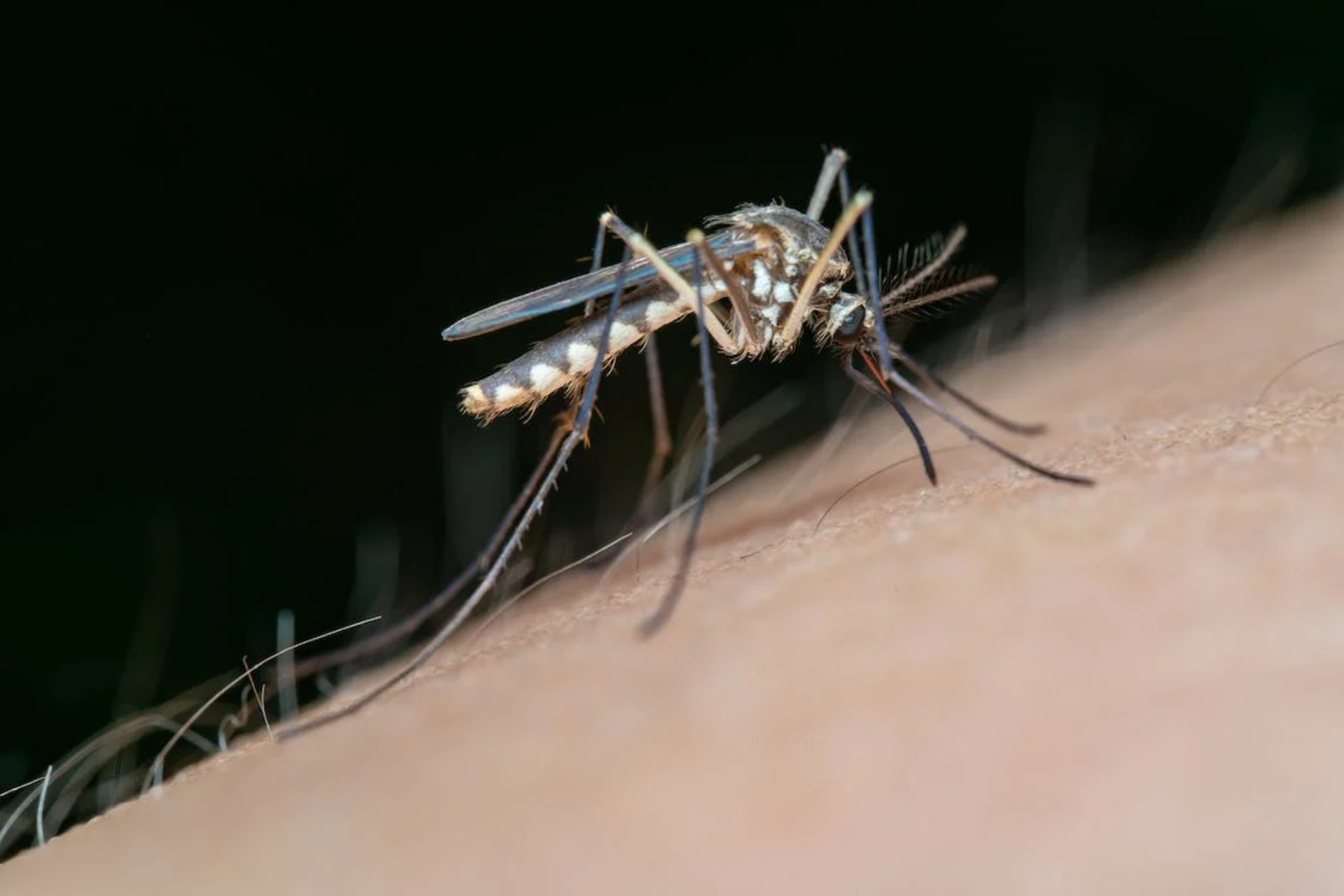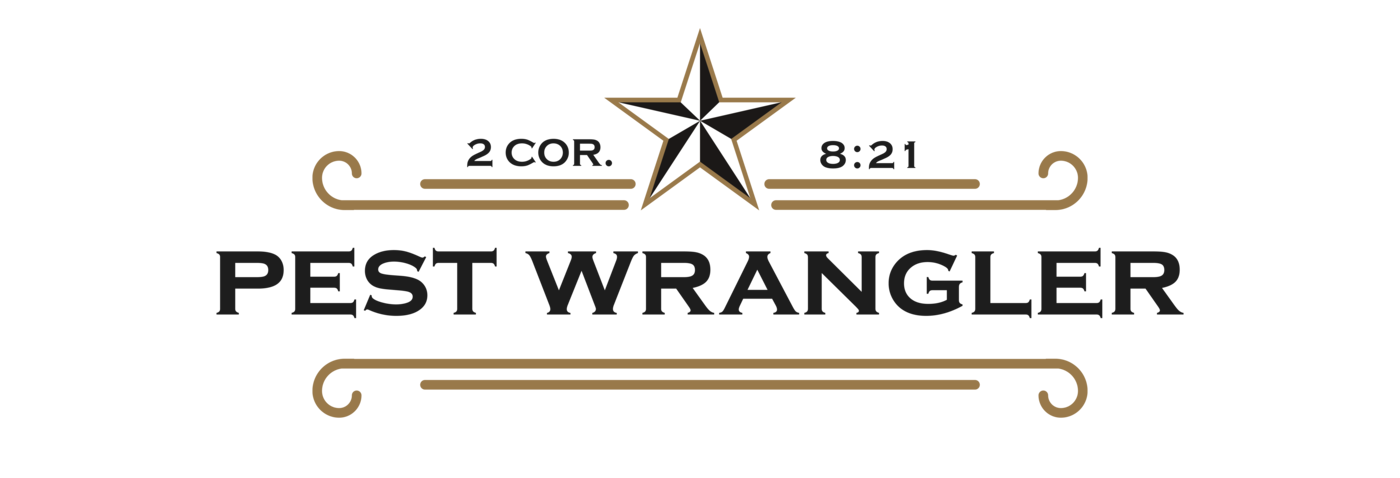Pest Control Services in Conroe, Tx
Experience effective Pest Control Services in Conroe, TX, tailored to your specific needs. Our expert team at The Pest Wrangler is dedicated to providing a pest-free environment for your home or business.
Our Services
General Pest Treatment
Termite Treatment
German Roaches & Bed Bugs
Urban Wildlife
Pest Wrangler’s Expert Pest Control for Total Home Protection
Welcome to Pest Wrangler, where your home’s tranquility and safety are our top priorities. Our expert pest control services are meticulously designed to provide you with total home protection against unwanted invaders.
Tailored Solutions for Every Home
Proactive Prevention Strategies
Rapid Response and Support
Dedicated Pest Control Services in Greater North Houston
With a passion for surpassing expectations, we pride ourselves on conducting thorough inspections, designing effective treatment plans, and maintaining open, sincere communication with each valued customer.
I’m The Guy For Your Job
I’d love the opportunity to exceed your expectations through thorough inspection, proper treatment plans and a sincere correspondence with each individual customer. With well over a decade of experience, I’m well equipped to meet all your pest control needs (anywhere in the greater North Houston area) while also using quality products at a competitive rate.
Why Choose Us
Here at Pest Wrangler we understand the value in customer service and as a small family business we’re dedicated to making every customer feel like our only customer. TPCL#: 0879496
Faith, Family, and Freedom
It’s our joy to support local churches, homeschool families and constitutional non profit organizations. Follow our blog for updates as we reach out to our community and send us an email letting us know how we can help promote YOUR business today!
Most Common Household Pests
Discover the world of the most common household pests that often share our living spaces. From industrious ants and resilient cockroaches to buzzing bees, wasps, and sneaky rodents, this diverse lineup of intruders can disrupt our daily lives.
Carpenter Ant
– While these ants prefer to reside in moist or hollow wood, they do not actually eat wood. Black carpenter ants can be winged and are often mistaken for termites.
Odorous House Ant
– Odorous house ants are also known as pavement or sugar ants. They are native to North America and can be brown or black. They are often attracted to food inside your home or at a picnic!
Pharaoh Ant
– Pharaoh ants are present all over the world except for Antarctica. They are aggressive chewers, known to chew those all sorts off textiles including rubber.
American Cockroach
– Also known as the water bug, American cockroaches are often mistaken with Palmetto bugs. They are some of the world’s largest cockroaches and can fly, often right at you when you are trying to run away!
Florida Woods Cockroach
– The Florida Woods Cockroach is what is most commonly referred to as a Palmetto bug. They are smaller than their American counterparts and can spray a stinky secretion if frightened.
German Cockroach
– German cockroaches are extremely intolerant to cold temperatures and are almost always found indoors. They can be tricky to get rid of as they can go from egg to mature adult in less than 60 days.
Oriental Cockroach
– These cockroaches are often confused with German cockroaches but they prefer to live outdoors in moist places such as under mulch or rocks and around bushes.
Almost all bees and wasps use pheromones to communicate with the hive. If they feel that the hive is threatened, they release an attack pheromone which quickly signals the rest of the hive to attack. It is always best to stay away from large hives!
Bald Faced Hornet
– The bald faced hornet is actually a type of yellow jacket wasp that provides some benefit to the ecosystem by consuming flies and spiders but can be aggressive stingers when threatened.
Bumblebees
– Bees are all important pollinators and have been declining in numbers over the past few decades. Bumblebees do not tend to be aggressive but can use their stinger multiple times.
Honey Bees
– Coveted for their production of honey and wax used in items such as lip balm and soap, honey bees stingers are barbed and contain venom. The stinger can only be used once and the bee dies afterward.
Carpenter bees
– Coveted for their production of honey and wax used in items such as lip balm and soap, honey bees stingers are barbed and contain venom. The stinger can only be used once and the bee dies afterward.
Mud Dauber
– Also known as dirt daubers, mud daubers are actually several different species of wasp that make their nests from mud. While they have stingers, they do not tend to be aggressive.
Paper Wasps
– Paper wasps use fibers from wood and other plants mixed with saliva to make their nests. While they do eat flies and beetles, the can provide a painful sting is the nest is threatened.
Yellowjacket
– Yellowjackets are wasps that help to control the pest populations. Only the females have stingers and those stingers can be used more than once.
Hornets
– Hornets are also a type of wasp closely related to the yellowjacket but are not considered environmentally beneficial which puts them in the pest category.
Ground Beetles
– Ground beetles are an assortment of over 4000 different species of beetles that exist almost everywhere in the world. They come in an assortment of sizes and colors.
Asian Lady Beetles
– Also known as a lady bug, Asian lady beetles are proficient at controlling aphid populations but can be pesky when swarming in cooler climates. They will bite if provoked.
Drain fly
– Drain flies need semiaquatic areas, such as your bathroom sink, to live in where they consume the bacteria that flourishes in these types of environments.
Fruit Fly
– Fruit flies can be extremely annoying little guys if you forget to throw out that half eaten orange but they are actually very important to scientific research
House Fly
– House flies have very short lifespans of 2-4 weeks but you don’t even want them in your home that long. Not only are they annoying, but they transmit food-bourne illnesses such as salmonella
Gnats
– Gnats are a type of fly that is known for swarming, don’t approach with your mouth open! They come in both biting and non biting varieties.
No-see-ums
– No-see-ums are biting flies that are so small that they are hard to see. Only the females bite and often causes extreme itchiness
House Mouse
– The house mouse is the most common rodent to infest homes in the United States. They transmit disease and can cause an array of damage to your home including electrical systems
Brown Rat
– Brown rats are also know as sewer or Norway rats. They tend to enter your home in the fall and winter months as a means of keeping warm and make themselves home amongst your insulation.
Cockroaches
These resilient insects are known to infest homes and can spread diseases and allergens. They often hide in dark, damp areas and can reproduce rapidly.
Rodents
Mice and rats can cause damage to property, contaminate food, and spread diseases through their urine, droppings, and parasites. They are skilled at finding entry points into homes.
Ants
Various species of ants can invade homes in search of food and water. They can be particularly problematic in kitchens and pantry areas. Some ants can cause structural damage as well.
Bed Bugs
These small, reddish-brown insects feed on human blood and are often found in and around beds and furniture. They can cause itchy bites and are notoriously difficult to eradicate.
ANTS
Carpenter Ant
– While these ants prefer to reside in moist or hollow wood, they do not actually eat wood. Black carpenter ants can be winged and are often mistaken for termites.
Odorous House Ant
– Odorous house ants are also known as pavement or sugar ants. They are native to North America and can be brown or black. They are often attracted to food inside your home or at a picnic!
Pharaoh Ant
– Pharaoh ants are present all over the world except for Antarctica. They are aggressive chewers, known to chew those all sorts off textiles including rubber.
COCKROACHES
American Cockroach
– Also known as the water bug, American cockroaches are often mistaken with Palmetto bugs. They are some of the world’s largest cockroaches and can fly, often right at you when you are trying to run away!
Florida Woods Cockroach
– The Florida Woods Cockroach is what is most commonly referred to as a Palmetto bug. They are smaller than their American counterparts and can spray a stinky secretion if frightened.
German Cockroach
– German cockroaches are extremely intolerant to cold temperatures and are almost always found indoors. They can be tricky to get rid of as they can go from egg to mature adult in less than 60 days.
Oriental Cockroach
– These cockroaches are often confused with German cockroaches but they prefer to live outdoors in moist places such as under mulch or rocks and around bushes.
Bees and Wasps
Almost all bees and wasps use pheromones to communicate with the hive. If they feel that the hive is threatened, they release an attack pheromone which quickly signals the rest of the hive to attack. It is always best to stay away from large hives!
Bald Faced Hornet
– The bald faced hornet is actually a type of yellow jacket wasp that provides some benefit to the ecosystem by consuming flies and spiders but can be aggressive stingers when threatened.
Bumblebees
– Bees are all important pollinators and have been declining in numbers over the past few decades. Bumblebees do not tend to be aggressive but can use their stinger multiple times.
ᅠ
Honey Bees
– Coveted for their production of honey and wax used in items such as lip balm and soap, honey bees stingers are barbed and contain venom. The stinger can only be used once and the bee dies afterward.
Carpenter bees
– Coveted for their production of honey and wax used in items such as lip balm and soap, honey bees stingers are barbed and contain venom. The stinger can only be used once and the bee dies afterward.
Mud Dauber
– Also known as dirt daubers, mud daubers are actually several different species of wasp that make their nests from mud. While they have stingers, they do not tend to be aggressive.
Paper Wasps
– Paper wasps use fibers from wood and other plants mixed with saliva to make their nests. While they do eat flies and beetles, the can provide a painful sting is the nest is threatened.
Yellowjacket
– Yellowjackets are wasps that help to control the pest populations. Only the females have stingers and those stingers can be used more than once.
Hornets
– Hornets are also a type of wasp closely related to the yellowjacket but are not considered environmentally beneficial which puts them in the pest category.
Beetles
Ground Beetles
– Ground beetles are an assortment of over 4000 different species of beetles that exist almost everywhere in the world. They come in an assortment of sizes and colors.
Asian Lady Beetles
– Also known as a lady bug, Asian lady beetles are proficient at controlling aphid populations but can be pesky when swarming in cooler climates. They will bite if provoked.
Flies
Drain fly
– Drain flies need semiaquatic areas, such as your bathroom sink, to live in where they consume the bacteria that flourishes in these types of environments.
Fruit Fly
– Fruit flies can be extremely annoying little guys if you forget to throw out that half eaten orange but they are actually very important to scientific research
House Fly
– House flies have very short lifespans of 2-4 weeks but you don’t even want them in your home that long. Not only are they annoying, but they transmit food-bourne illnesses such as salmonella
Gnats
– Gnats are a type of fly that is known for swarming, don’t approach with your mouth open! They come in both biting and non biting varieties.
No-see-ums
– No-see-ums are biting flies that are so small that they are hard to see. Only the females bite and often causes extreme itchiness
House Fly
– House flies have very short lifespans of 2-4 weeks but you don’t even want them in your home that long. Not only are they annoying, but they transmit food-bourne illnesses such as salmonella
Rodents
House Mouse
– The house mouse is the most common rodent to infest homes in the United States. They transmit disease and can cause an array of damage to your home including electrical systems
Brown Rat
– Brown rats are also know as sewer or Norway rats. They tend to enter your home in the fall and winter months as a means of keeping warm and make themselves home amongst your insulation.
Services
Our expert team employs the latest techniques and eco-friendly solutions to effectively eliminate and prevent a wide range of pests, from insects to rodents.

General Pest
Some of the more common pests are spiders, silverfish, roaches, ants and wasps but there are many others. We always give free estimates for any job. So if you have an issue please contact Pest Wrangler for your resolution.

Fire & Carpenter Ants
Ant infestation in or around your home??? These pests typically tend to be bigger issues in tropical climates. There are so many different types of ants. It’s important to know which ants have become a nuisance for a successful treatment.

Mosquitoes
Dense wooded areas, as well as water sources, can be breeding grounds for these pesky pests. They are known to carry different types of diseases that are transmittable to humans. Pest Wrangler has options, contact us today!
Our Service Area
Our pest control services cover a wide service area, ensuring that homes and businesses in Conroe, TX and the surrounding regions can enjoy a pest-free environment.
Client Testimonial
Our expert team employs the latest techniques and eco-friendly solutions to effectively eliminate and prevent a wide range of pests, from insects to rodents.
Faqs
If you have another question, please don’t hesitate to contact us.
What types of pests do your services cover?
Our pest control services are designed to address a wide range of pests, including but not limited to ants, termites, rodents, cockroaches, spiders, bedbugs, mosquitoes, and wasps. We offer tailored solutions based on the specific pest infestation you’re dealing with.
Are your pest control methods safe for children and pets?
Yes, we prioritize the safety of your loved ones, including children and pets. Our pest control methods are selected with care to minimize risks while effectively eliminating pests. We use environmentally friendly and pet-safe products whenever possible, and our trained technicians follow industry best practices to ensure safe application.
How often should I schedule pest control services?
The frequency of pest control services depends on several factors, such as the type of pest, severity of the infestation, and the surrounding environment. Generally, we recommend regular inspections and treatments on a quarterly basis to maintain a pest-free environment. However, in some cases, more frequent or less frequent services might be appropriate.
What preparations do I need to make before a pest control treatment?
Prior to our visit, we recommend removing any clutter, food items, and personal belongings from the areas that require treatment. Cover or store edible items securely and ensure access to the infested areas. Our technicians will provide specific instructions to ensure the treatment is effective and safe.
Do you offer a guarantee for your pest control services?
Yes, we stand behind the quality of our services. We offer a satisfaction guarantee that ensures if pests return within a specified period after treatment, we will reevaluate and provide additional treatments as needed at no extra cost. The guarantee terms may vary based on the type of pest and the service package you choose.

